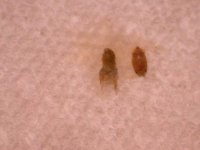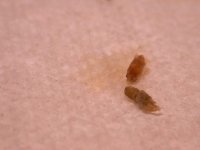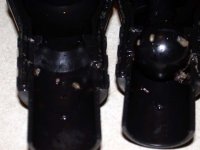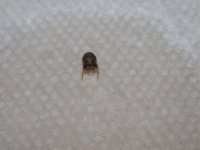A
Anonymous
Guest
My beckett skimmer has gotten clogged a few times over the last couple of weeks, and each time I clean the beckett, I find some of these little devils in the beckett. They are small and hard.
I find it odd that of all the things blowing around in my tank right now, that each time the beckett is clogged it is these little buggers.
Anybody got any idea what they are?
Should I be concered with getting rid of them before I start stocking my tank?
Louey
I find it odd that of all the things blowing around in my tank right now, that each time the beckett is clogged it is these little buggers.
Anybody got any idea what they are?
Should I be concered with getting rid of them before I start stocking my tank?
Louey











